When I started writing this blog in March of 2011, I stated that my intention was to bring attention to the archaeology sites of Newfoundland and Labrador. I also wanted to increase awareness about archaeology and archaeological issues within the public, the archaeology community, government, and industry. I think this blog has been reasonably successful in doing just that. I have tried to cover many different archaeology topics, in doing so I have written nearly 60 posts, which have received more than 41,000 views. For example, there are posts on historic archaeology such as the German Nazi weather station in Northern Labrador known as Kurt.
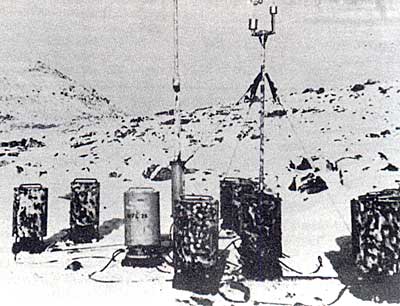
My first blog post also focused on historic archaeology, a suspected French trading fort at West St. Modeste.

Several posts that focus on precontact archaeology such as Archaeological void no more. This post dealt with the increase in numbers of mostly precontact archaeological sites in western Labrador in the last 30 years.
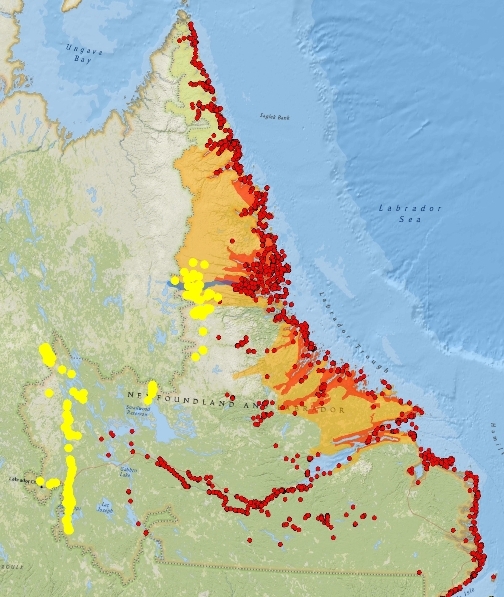
There are also posts on large sites such as the Beothuk site at Boyd’s Cove.
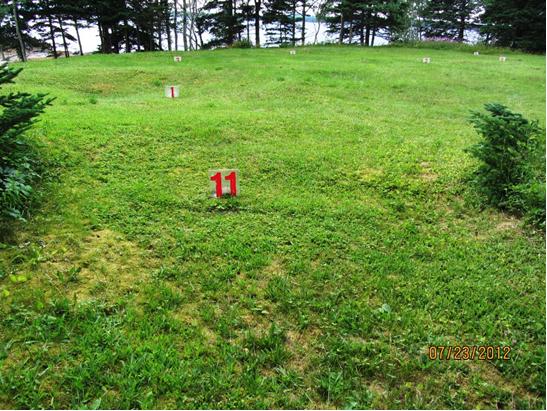
In addition, there are a few posts on very small sites; including spot finds, or sites where just a single artifact or two are found such as If artifacts could talk… which dealt with the discovery of a small stone adze in Red Bay.

There are also several other posts that deal with spot finds, such as West Coast Spot Finds: Where did you say you found that?.
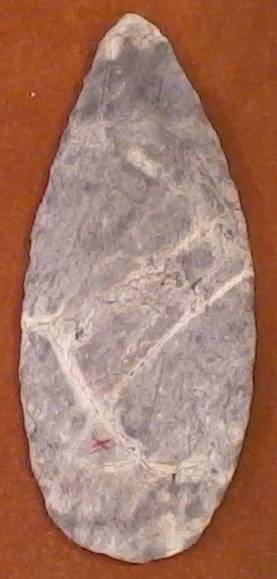
Of course, being a blog about archaeology means there have to be posts about cultures. While I have not done a post on every culture that ever existed in the Province I have managed to cover many of them. For example, there are two posts summarizing the Intermediate Period sites in North West River and Sheshatshiu.
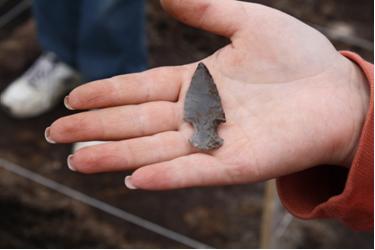
There are also two posts dealing with the Recent Period of Newfoundland and Labrador.

I also wrote a post on the Dorset Pre-Inuit and their art.

Typically, when people find out that I am an archaeologist, I’ll either get the ‘Have you found any gold?’ question or I’ll get some misinformed comment on the Beothuk. My own small attempt to better inform people about the Beothuk can be found in the post Beothuk facts?
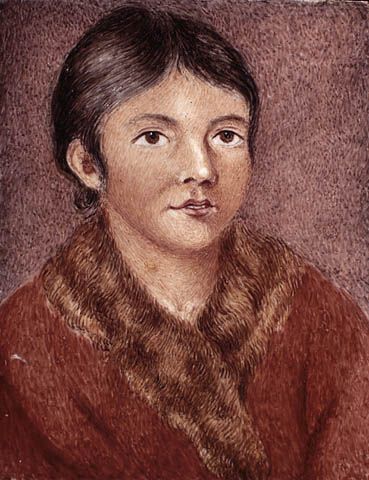
Of course. it’s hard to talk about archaeology and not talk about time. When did the first people arrive in the Province? Or what is the time scale for a particular culture? I tried to deal with questions of time in several blog posts. There were two posts that discussed the time scale of the particular cultures in the province called the Dating Game: Labrador and the Dating Game: Newfoundland. Related to those posts were two posts called At the Same Time and At the Same Time: Part 2 in which I tried to relate the time scale of the cultures in the province to well-known events in the world’s past.

There are also posts on unusual sites such as the wreck of the aircraft Times A Wastin in which the crew of the plane survived but part of the crew starved to death in Saglek Bay, northern Labrador after waiting for rescue for several months.

Another unusual site was discussed in the post A puzzle ring. This post deals with a ring of stones found by local informants approximately 4.5 kilometres inland from Northern Bay, Conception Bay. The unusual part is that there does not seem to be clear evidence for who made the ring.

As I said in the beginning, the point of this blog is to bring attention to the archaeology sites of Newfoundland and Labrador and to increase awareness about archaeology and archaeological issues within the public, the archaeology community, government, and industry. I hope that everyone can find something of interest in what I have written so far. To that end, do you have a topic of interest that I haven’t looked into yet? Are you wondering if your area of the province has any known archaeological sites?
I have been thinking of topics that I can present blog posts on over the coming Fall and Winter and I have gotten several suggestions from a colleague. So far I am thinking about doing a post on Newfoundland and Labrador Archaeology iconic artifacts such as looking into the Killer Whale effigy found at Port au Choix, the iron cross found at Ferryland or a lesser-known but very interesting wooden scoop found at Fleur de Lys. I am also looking at topics focusing on an artifact and looking at the process it goes through from being found to going to The Rooms, this one would be in conjunction with The Rooms staff. I also think that a post on the Innu or perhaps the Inuit would be interesting, looking at them from an archaeological perspective. Similar to how I examined the Intermediate Period or the Mi’kmaq. Do you have any suggestions?
Profiles of some colleagues and grad students would be interesting.
Yeah, a colleague who writes another archaeology blog (Elfshot Sticks & Stones) has been doing something similar called Plans & Profiles.
http://elfshotgallery.blogspot.ca/2013/01/introducing-archaeological-plans-and.html
I was thinking about doing some posts on well known NL Archaeologists as well. It’s a good suggestion, thanks.
That, too, is an interesting link. Thank you for passing it on. Too bad it’s on blogger:-) I am always happier when others are in the wordpress community–easier to make and follow comments and such.
I must admit I also have a great interest in the process of archaeology. While I don’t recommend you do this often it’s always enlightening to get an idea of how you came about some of the knowledge you pass on. I’m particularly fond of images taken while digs and such are going on because they make the whole thing come alive.
I agree with regard to WordPress and Blogger, but this blog is worth following. So much knowledge.
Thanks for the comment.
I’m not sure if you have covered this already, or not, but with the recent attention on Pat Sutherland’s work on the possible Norse trading post on Baffin Island, how about a fresh look at some of the sites claimed to be Norse or at least to have Norse components in Newfoundland?
That’s an interesting idea, unfortunately there are more claiming to be Norse than there are actual Norse related sites.
Steve,
As you of course know, the practice of winter migration was an important element in the colonization of Newfoundland and Labrador by European settlers. In a number of published papers since 1987 I have tried to promote the idea that it would be a promising field for archaeological survey and excavation. Last October I gave a paper in St. John’s at the meeting of the Historical Archaeology Association, pleading with local archaeologists to work at it. I don’t know if it had any results. There are some sites known. Perhaps the site being investigated near Sunnyside, T. B. by Barry Gaulton is an early example, dating to just before 1700. Perhaps you can give some space to this issue in a future blog.
Incidentally, Urve Linnamae was a student of mine when I taught at the U. of Toronto in the 1960s, and I am glad to see she is getting some recognition.
Best wishes,
Philip Smith
Montreal
Winter housing is an interesting idea. Unfortunately not many sites have been recognized as winter house sites. Having said that I was at 3 winter house sites just this past summer. One maybe a winter house site in the St. Mary’s Bay area, one was a known winter house site on the northern peninsula and the last was another known winter house site on the Pinware River in Labrador.
Urve Linnamae certainly deserves recognition as one of the first practising archaeologists in the province.